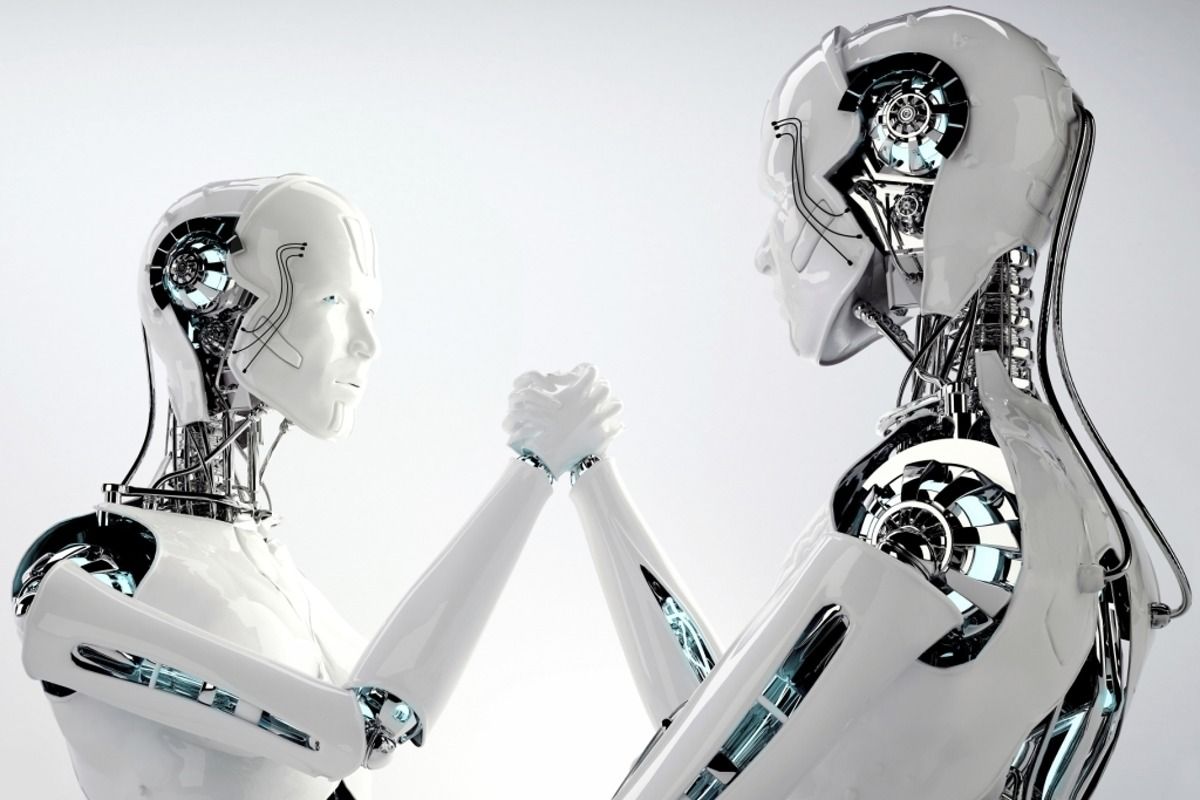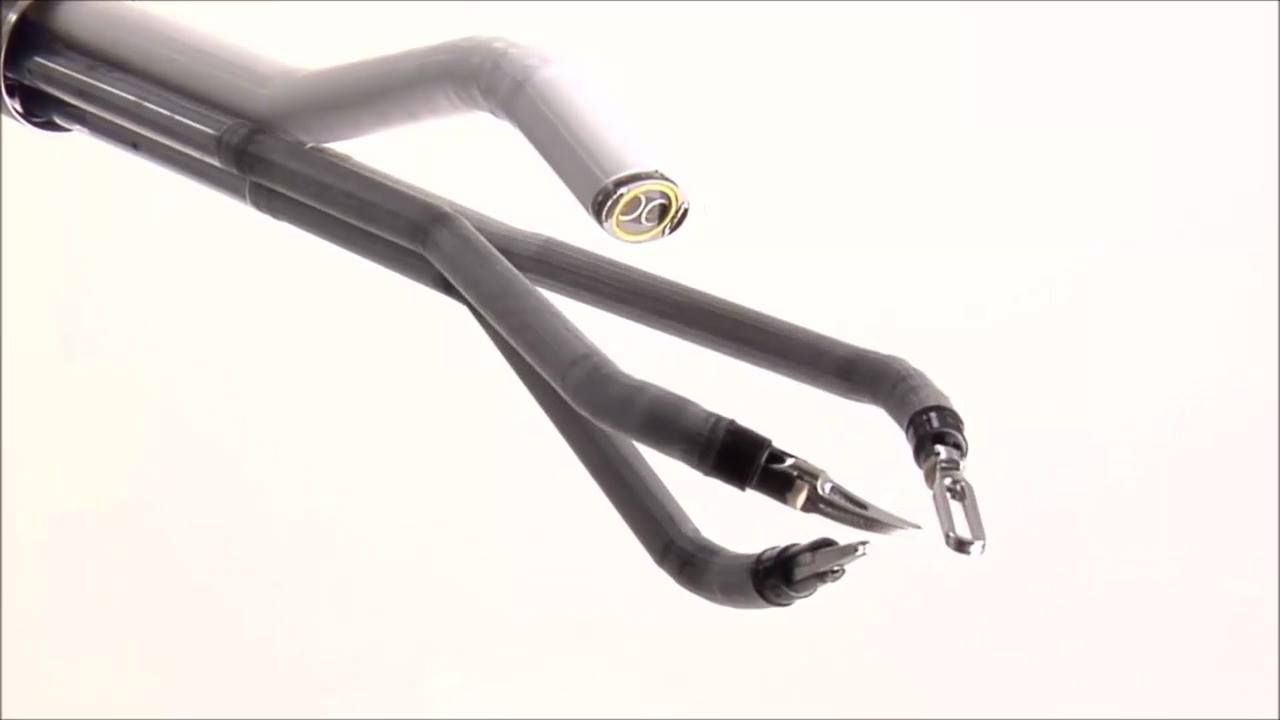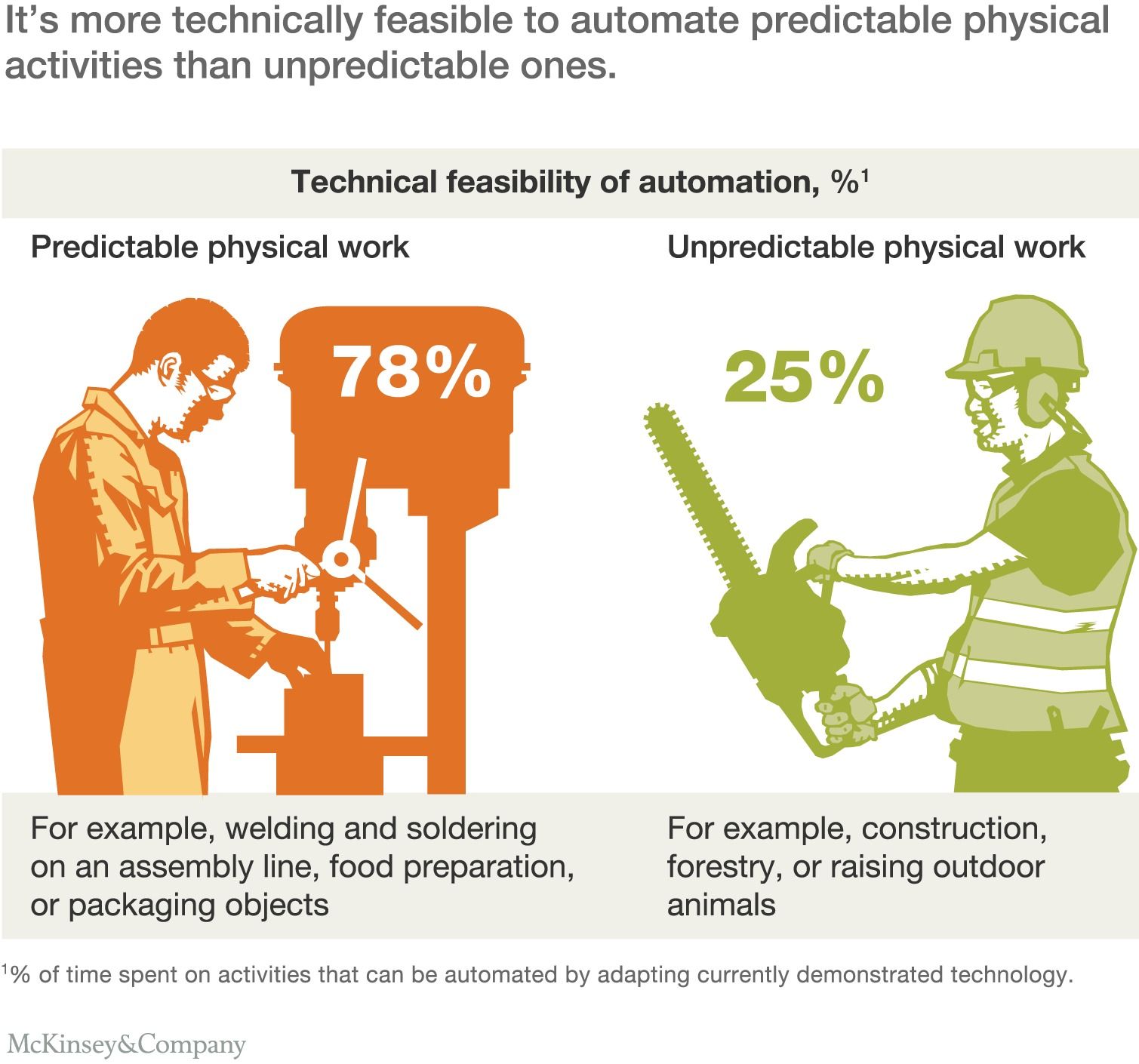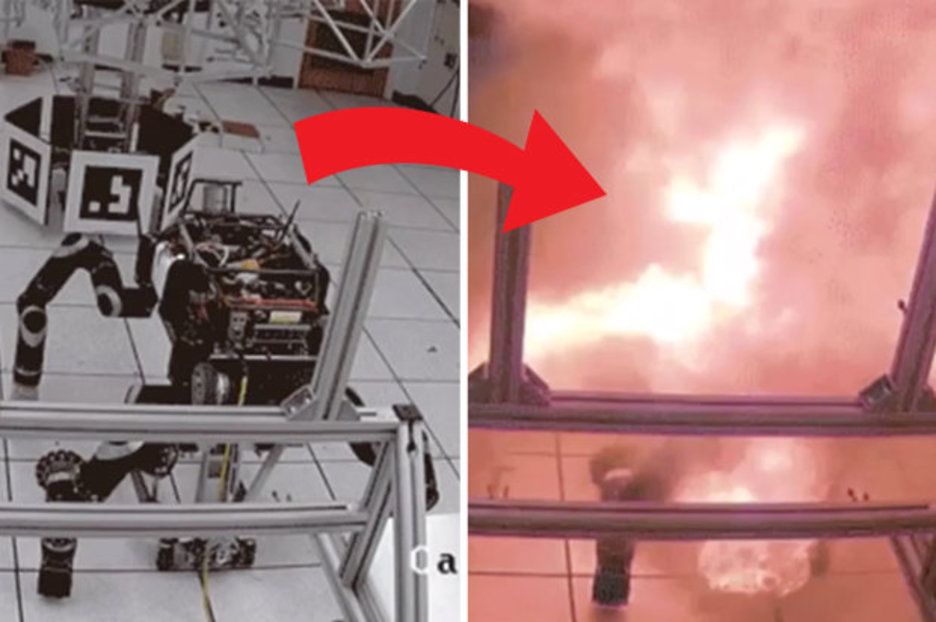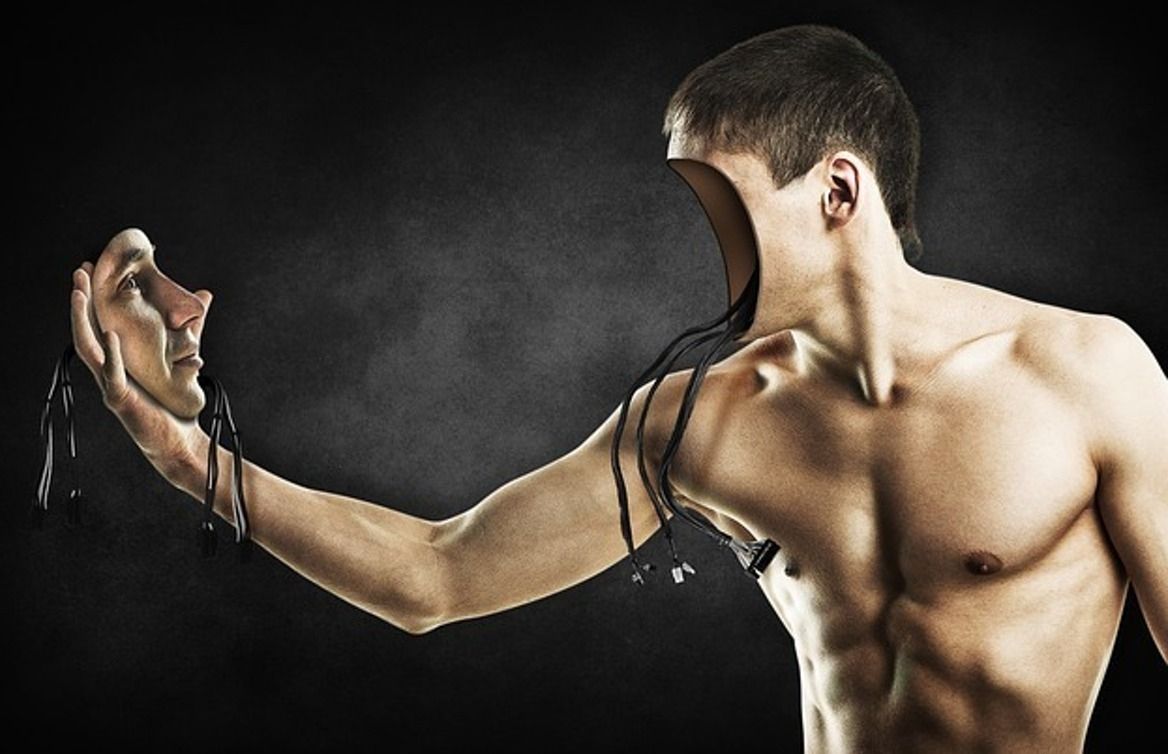
Ready to leave your body behind? Scientists have developed robots that people can remotely control and embody using their minds, a breakthrough set to revolutionize the lives of paralyzed patients. The Virtual Embodiment and Robotic Re-Embodiment (VERE) project “aims at dissolving the boundary between the human body and surrogate representations in immersive virtual reality and physical reality,” meaning that people genuinely feel like the surrogate body is an extension of themselves. Three volunteers have tried out a prototype, and the results are promising.
“The feeling of actually embodying the robot was good, although needless to say, the sensation varied over time,” said Alessandro, a volunteer on the project, in an interview published Wednesday. “When the robot was stationary, the feeling of embodiment was low, but the moment I gave the first command or changed direction, there was this feeling of control and increased embodiment.”
The three volunteers, based in Italy, placed an electroencephalogram (EEG) cap on their heads that scanned for brain activity through the scalp. Patients were given a video feed of what a robot in Japan could see, superimposed with arrows. When the wearer focused on one arrow, the machine was able to detect the signal and send it remotely to the robot.
Read more

